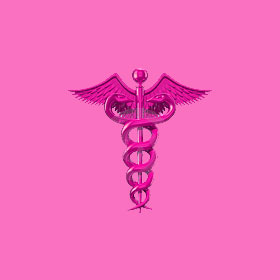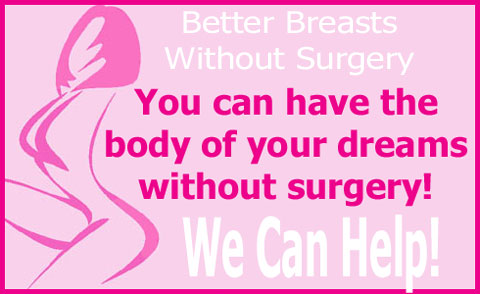
The human female breast anatomy is a complicated structure, which has evolved throughout history and continues to be the source of extreme interest today. Breasts are combination structures comprised of fat, connective tissue and glands. Prominent breasts are unique to the human species, which has led to widespread debate concerning primary and secondary functions of female breast tissue.
This resource section delves into the individual components of the human breast and details their use and functionality as part of the overall structure.
Breast Anatomy Facts
The breast is a common name for the entire mammary structure. A typical human female has 2 breasts placed relatively symmetrically on the upper chest wall.
Breasts are attached to the body by skin, connective tissue and fascia, directly on top of the pectoral muscles.
Breast symmetry, size and shape do not have anything to do with functionality or breastfeeding ability.
Breasts are also present in human males, although they do not normally develop in the same manner as female breasts.
Breast Structures
The breast is made up of individual tissue types which combine to form the breast mound itself:
The nipple (mammary papilla) is the defining center point of the breast. The nipple contains tiny ducts used to breastfeed and is sensitive to cold and stimulation.
The areola is the pigmented skin surrounding the nipple.
Cooper’s ligaments help support the breast and define its shape.
Connective tissues are comprised primarily of collagen and elastin and also help to define the breast structure.
The inframammary fold separates the breast from the lower chest wall.
Mammary glands exist in each breast. Each individual breast contains 1 complex mammary gland, which is further divided into 10 to 20 simple mammary glands. These simple mammary glands contain smaller structures used to actually produce and distribute breast milk to the nipple.
Breast fat (adipose tissue) accounts for much of the mammary mass.
Human Breast Anatomy
The breast is covered by skin, which is rich is blood supply and neurological connections. The nipple area is particularly full of both nerves and blood vessels.
Breasts can grown or shrink from weight gain or loss, since they feature a high fat content.
Breasts will grow during pregnancy and most likely shrink back to normal size, or smaller, after the end of nursing.
The human breast is obviously the primary source of nourishment for infants, but is also a sexual organ and an evolutionary marker designating fertile females. One theory of human breast development, championed by Zoologist Desmond Morris, states that the protruding breast mimics the contours of the buttocks and became an easily recognizable frontal trait among women who were of age to bear children.
Understanding Human Breasts
Breasts are the symbols of life and motherhood. They occupy a place in our earliest memories, which although beyond our recollection, is still responsible for our most crucial development.
Breasts are a source of sustenance, bonding and quality time between mother and child.
Breasts can be a source of great sexual pleasure.
Breasts are also a societal factor influencing fashion, social standing and body image, both from an internal and external point of view.
Breasts truly are an inherent part of being human. Regardless of the shape or size of your breasts, it is clear that they are yours and yours alone, and help to make you the unique and beautiful person you truly are.
Please read more on our page titled breast health.




